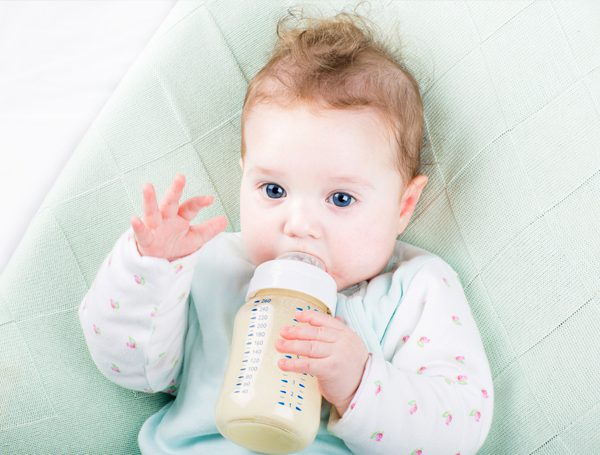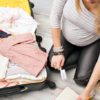
While it is true that breastfeeding is best for both the mother and the child, there may come a time when you might want to start bottle feeding for different reasons like end of your maternity leave, illness or insufficient breast milk. Bottle feeding is convenient for different reasons. One of the major reasons being it can be done by anyone and not just you.
However, there is a not so convenient fact that accompanies bottle feeding and that is regularly sterilizing the bottle. Your little angel is vulnerable to infections and diseases as his immunity is not so strong yet. Therefore, it is important that the feeding equipment is free of microorganisms.
We have gathered some must-dos for sterilizing bottles. Here are some of the things that you should do for complete sterilization of your baby’s feeding bottle:
1. Clean The Bottles
Before you sterilize the bottles, clean its nipple, retaining ring, bottle and the scoop of milk formula using warm soapy water. Make use of bottle brush to clean the bottle and its parts. Rotate the brush thoroughly to remove every spec of milk powder or dried milk from the bottle. There can be traces of milk on the bottle parts. Make sure you remove it. Remember to wash the feeder as soon as the baby is done feeding in order to prevent any leftover milk from drying. When you are done cleaning, rinse the soap carefully and clean your hands before you sterilize.
2. Buy Food Grade Plastic Ware
In case you buy plastic feeding bottles, always opt for food grade quality. Buy glass bottles or go for the ones that are BPA-free. Make sure you sterilize new bottle before you begin to sue them. Glass bottles are sterilized in the same way you sterilize plastic bottles. Continuously check the nipples and bottles for any crack, scratch or splits. Replace the damaged bottles immediately because bacteria collects in such places and actually survives even after you sterilize and clean it.
3. Use Filtered Water
Regular tap water usually contains contaminants. It is actually hard water and hard water has a tendency of leaving a residual layer of salts inside the bottle. Thus, using filtered water should be the priority for sterilization. In case you are using steam sterilizer, using filtered water helps ensure complete protection.
4. Wash Your Hands
Remember to wash your hands properly before you remove the bottles from the sterilizer. You can also use sterilized tongs to take out the accessories like teats and keep them ready for use on a clean surface or upturned lid of the sterilizer.
5. Open Just Before Feeding
Don’t remove the bottles as soon as they are sterilized. Only remove the bottles from the sterilizer when you need to feed the baby. Always keep the sterilizer covered with a lid and open it only when you need to feed. This keeps your bottles free of germs.
6. Dry Separately
In order to dry the sterilized bottles, use a clean and exclusive cloth. Store them on a separate shelf. It will be great if you can keep it in air tight container to prevent dust from accumulating on it. Sealing them up in a zip-up mesh is a great idea.







Post a comment